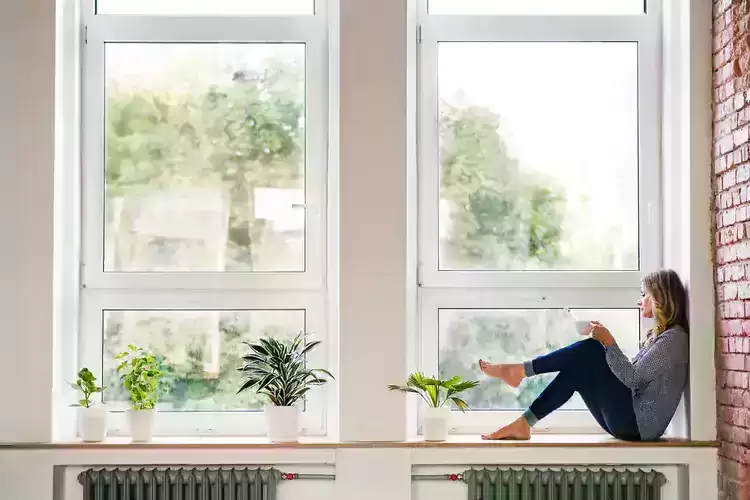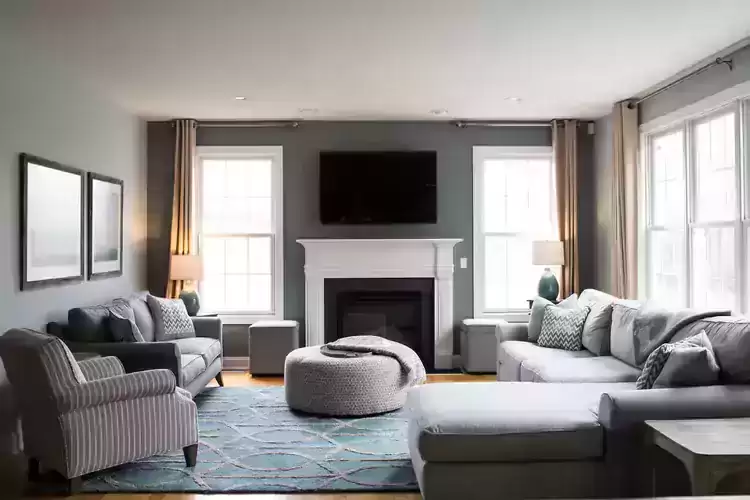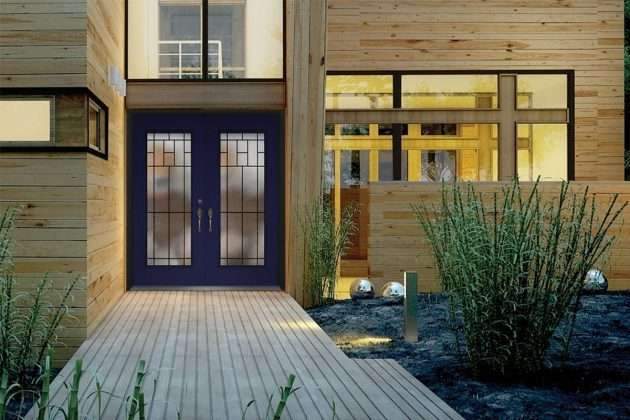The most important tips and ideas for the aesthetics of windows and doors,
Home windows and doors play an incredibly important role in terms of style and comfort, which makes choosing windows and doors vital to your future comfort.
Choose right and you will have a sunlit, warm and comfortable home that you will love to live in, but if you choose wrong you will face renovations on the right track.
So how do you choose the right windows and doors for a new home? Check out these tips.
Windows and doors are highly customizable in size, style, shape and color.

Overall visual aesthetic
You can choose from a variety of window and door styles, including sliding, French, double, stacking,
Each has many features such as low profiles and flow thresholds.
The main thing you need to know about choosing a design is that, by and large, every product can generally be modified to your needs.
While different types of products play different roles in the home, from an aesthetic perspective, it will be very much a personal decision on your part.
Four Windows and Door Design Tips
The general theme of your home: What is the architectural theme you chose?
Size matters: If you have a view of the sea or a cliff, small windows may not be appropriate, but small windows work well for creating privacy in a bathroom, for example.
Desired colour: Window frames and glass panels can be tinted and trimmed to suit your preferences, the range is huge.
Window/door materials: Windows and doors come in different types of aluminum, wood and other materials – you’ll need to research each to understand how they affect product performance, as well as the visual aesthetic.

The purpose of your windows and doors
You need to think about what windows and doors must actually do for you, so that they are well suited for this function.
Here are some additional details to keep in mind:
Four tips for determining the function of windows and doors
Lighting: Windows and doors are the main sources of natural light in a home and, if used properly, can save you on electricity costs over time.
For example, the more natural light flows into your home,
the fewer lamps need to be turned on.
Ventilation: Airflow in the form of good ventilation is key to combating condensation and musty air,
and it also provides passive cooling in summer, saving air conditioning costs.
When choosing windows, consider styles that are operable or designed in some way to allow passive ventilation, such as louvers.
Insulation: Good insulation is your way to prevent hot air from escaping from your home and increasing your heating bill in the winter.
Double or triple glazed windows and doors that have low-E coatings,
argon gas fillers or other insulating properties will be better for your home.
Operable: Operable is the term used to describe whether or not a product can be opened and how easy it is to use that window or door.
There are three main considerations to think about in terms of operability:
ventilation (can it be used for airflow), weight (is it light enough to work)
and windy (will it close during high winds).

your home environment
The environment plays a major role in how
effectively your windows and doors serve their purpose, and whether or not your preferred aesthetic style will work well, but how?
Four tips for positioning windows and doors
Sunlight: Because the sun moves every day, your north side will get a lot of light during the day if it is exposed.
The east and west sides of your home will get some morning and afternoon sun, respectively.
Large windows and doors will let in this light.
But it could mean overheating your home if the heat can’t escape in the summer.
Ventilation is one way to help maintain a constant temperature,
as is the use of thermally inflated tyres
Low-E coated glass and sufficient eave cover, screens or hatches for shading.
Wind: You must determine the wind area and the prevailing wind direction,
as this will determine how storms will affect your home
It may specify whether some doors should be sliding instead of hinged.
Look for glass that can handle your local conditions with frames designed to account for horizontal forces (such as lateral rain).
Views or privacy: If you have a good view, you should try very hard to frame it using the appropriate window or door design.
This would mean more glass and fewer columns, so the view is unobstructed.
Alternatively, if you want privacy, the opposite is true.
It is worth considering how the window or door will look open and closed.
Other environmental conditions: Other environmental conditions will affect your windows and doors in unique ways.
For example, coastal homes must account for salt spray and its effect on glass and framing –
It will be difficult to preserve some materials in these conditions.
Humid areas can create an increase in air humidity (leading to mold growth),
While the cold regions have freezing temperatures.
In these cases, window size,
operability and insulation against the environment must be taken into account.
For more architectural news


 العربية
العربية